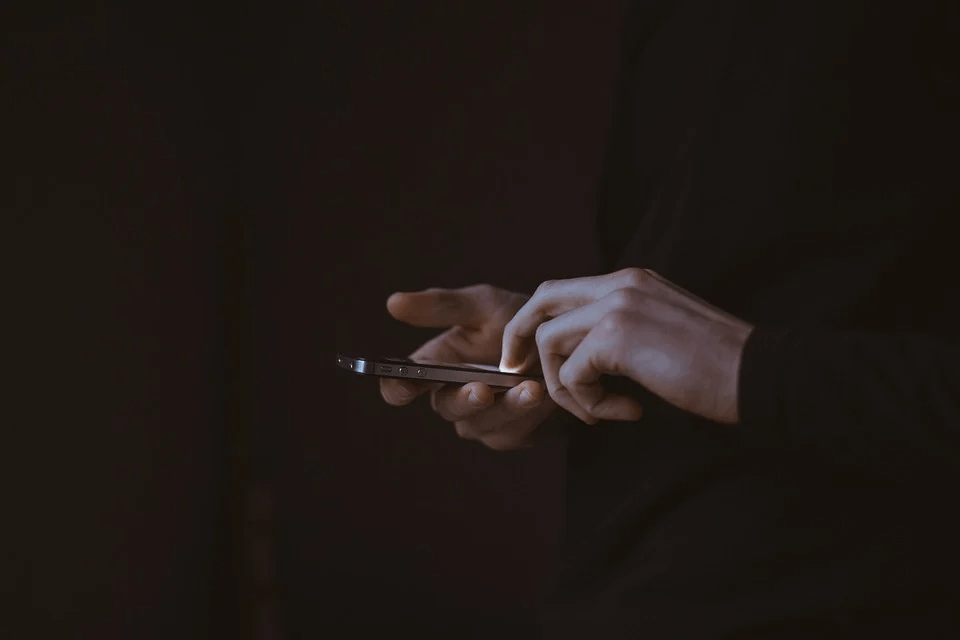On texting, communication, and healthy relationships
Aaron Dembe, PhD, Deep Eddy Psychotherapy
Did you send 94 texts today?
If so, that’s about average. SMS text messages, those byte-sized dispatches that materialize on handheld screens, have increasingly become the preferred communication method, especially among younger Americans. And, in this era of COVID-19 pandemic and social distancing, we may be relying on texting more and more to connect us with our families, friends, and others. Even therapy is being conducted via text.
What to make of this shift in how we talk to each other? What does it say about our relationships and our sense of connection? Is this communication revolution an example of the ruinous decline of our culture? Or, should we enthusiastically embrace the advance of technology? Is texting an emerging art form? A rebirth of our living language? Or a slide into laziness and sensory overload?
If you’ve ever questioned whether the rise of texting is a good thing, a bad thing, or an “it depends” thing, you’re not alone.

Dr. Aaron Dembe, PhD
The pros and cons of electronic communication

Surveys illuminate the perceived pros and cons of texting compared with other forms of communication: Are phone calls better than texting? Sometimes, maybe. Why are people, especially young people, ditching other forms of communication in favor of texting? For one, as it turns out they’re “more convenient.”
While these results sketch an outline, we continue to wonder about the deeper meaning and function of texting in everyday life. (What does “convenient” signify, anyway?) Why not use text for everything? What’s the downside? Certainly, other forms of
communication have their advantages. Real-time discourse, as in a phone call, is faster. Face-to-face conversations are rich and multimodal, encompassing verbal, paraverbal, and nonverbal behavior. More formal communication, as in an email or letter, may convey respect, tradition, and ceremony, as well as supporting greater detail.
In comparison, a text message is limited. For one, despite the rapidity of transmission, the composition of a text message still happens offline. Your recipient can’t see or hear you as you’re writing (although tech has come a step closer to achieving this with chat functionality, showing them icons in motion when you’re typing). After composition, a text can be sent immediately, or hours, days, or any time thereafter. It shares this publication tempo with emails, letters, skywriting, and other less-than-immediate communication. However, like the telegraph, texting is linguistically constrained. Thumbs get tired. The phone screen is small, the entry window smaller still, fitting only so many words at once. Add to that, texting/typing conversations are typically slower-paced than talking. In all, texting is in many ways slower, less interactive, and more labor intensive.
Is the convenience worth the limitations?
Perhaps each of us has some intuition about when to text and when not, based on the nature, seriousness, complexity, or sensitivity of the topic. Something simple, like a text to a friend to let them know your whereabouts or something lighthearted like sharing a joke? Fine! Text away. But, something important or formal, like a text to a supervisor that you’re quitting, or something emotionally fraught, like a heart-to-heart with a significant other? It’s considered bad texting form. Some situations are less clear, particularly when social, generational, or individual differences can make one party willing to text while the other would prefer not to. Disagreements arise (“Ugh, can we NOT do this over text?”). It leaves us wondering, what are the rules? And when do they apply?
Some see texting as similar to poetry. It’s a comparison that’s been made and debated before. Attributes of its form give texting a poetic aesthetic: pared down, economic; containing only the juiciest and most meaningful bits of information. Anything superfluous gets shrunk or tossed. Not just formalities such as greetings and signatures, but anything extra – sentences are left incomplete. Punctuation disappears. Even vowels are deflated. In their place, abbreviations, symbols, contractions, and brevity. “Thx” “K” “Sup” “Totes” “HMU” “TTYL.” And any student of poetry will be familiar with this aesthetic (“Make every word count,” says the MFA instructor). The website Micropoetry.com explores this concept, that SMS and Twitter are fertile grounds for art, based on their constrained minimalism.
When words lose their meaning
A poem’s message is sometimes precise and clearly stated (see “Still I Rise” by Maya Angelou, or “If You Forget Me” by Pablo Neruda), while other times a poem can be undefined, open-ended, or abstract (see “The Love Song of J. Alfred Prufrock” by T. S. Eliot, or “Dream Song” by John Berryman). The language of poetry is refined, condensed, sharpened. And yet, poetry can be interpreted in multiple ways. (You probably *think* you know “The Road Not Taken” by Robert Frost, but do you?) Texts are the same: While the meaning of the text “ETA 15m” is unmistakably informative, the meaning of “IDK” could imply multiple things – from a plain statement of uncertainty to indicating a sense of hesitancy, hopelessness, or even contempt.
Ay, there’s the rub. This ambiguity leaves room for interpretation. When that openness creates space, breathes life, and invites play into the discourse, texting can be a lively form of artful communication. However, in contexts with increased consequences of misinterpretation, the vagaries inherent to texting may pose risks. The conversation takes a wrong turn, and relationships suffer. For individuals primed to assume the worst, an ambiguous text could give rise to painful speculation. Therapists know this story: a client reports a bewildering conflict with a family member, marked by misunderstanding and miscommunication, only to reveal later that the entire thing happened over text. The therapist raises an eyebrow. And so, intuitive in-the-moment etiquette about texting can sometimes fail.
What we hope for in almost any communication is a connection. Poetry, music, and art in general has ways of making connections that are more sublime – and more human – than any direct transmission of factual information. Writers are reminded that a good story will “show, not tell.” And when a text can make this kind of a connection through deft delivery of artful mystery, it becomes easy to understand its popularity. However, in situations where stakes are higher, or the connection requires more deliberate care, it becomes easy to understand its shortcomings.
What to do?
None of us is a statistic, and every day each of us must choose how to communicate. Perhaps the text/poetry comparison could come in handy. Think of it like this: if you would consider communicating something using a short poem, then a text message might work. But if the occasion does not lend itself well to the poetic, perhaps a phone call is preferred. Personally, I sometimes have to force myself to step back from certain text conversations to assess whether they pose any risk that might better be managed in a phone call or in person. With some extra preparedness, the hope is that we are able to make informed decisions about when to text, in full awareness of the tradeoff between convenience and ambiguity, poetry and prose.
Whatever you choose, just don’t text while driving.
